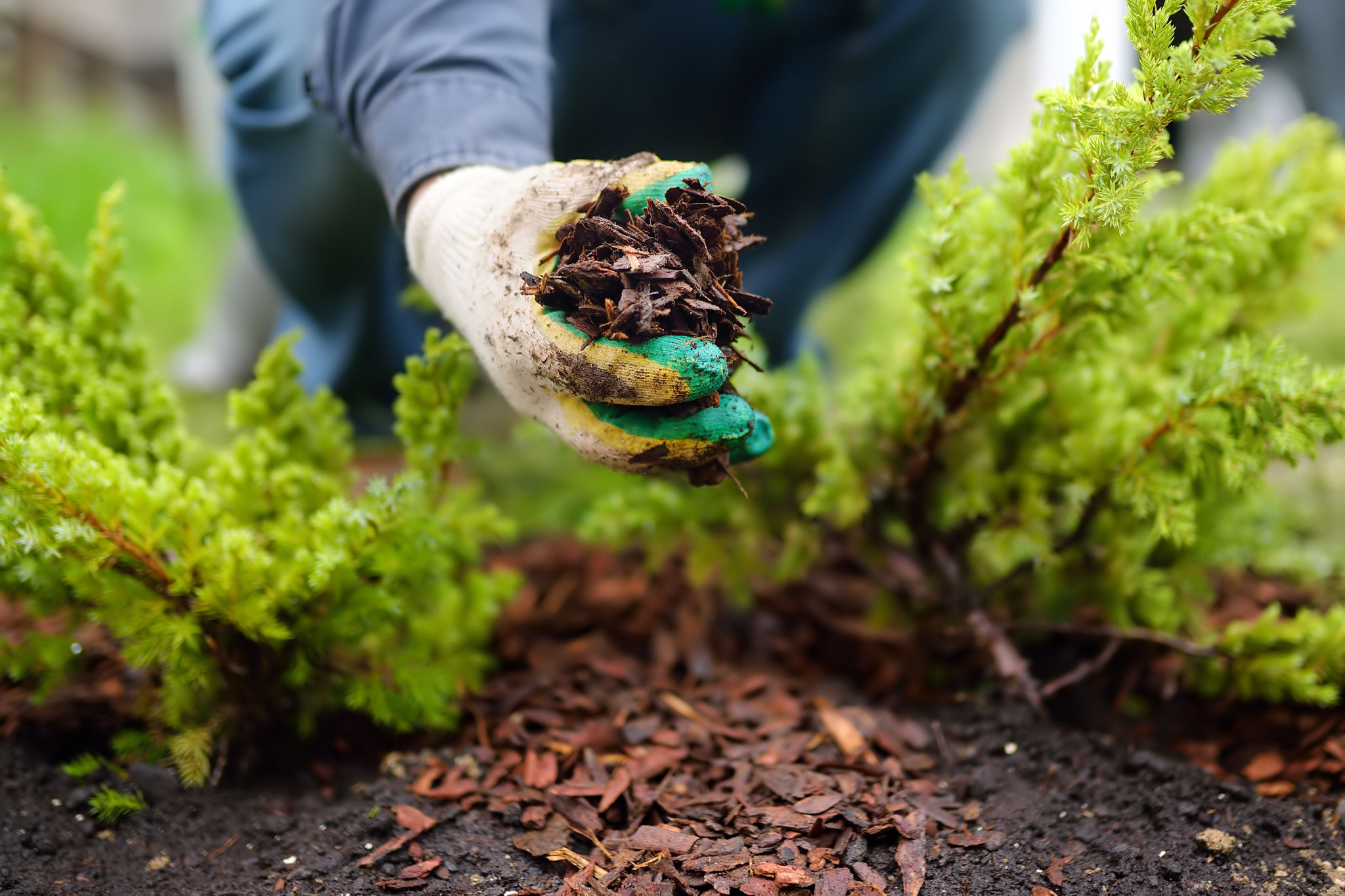Transform Your Garden with Screened Topsoil: A DIY Guide
Introduction to Screened Topsoil
If you're looking to transform your garden into a lush, thriving oasis, screened topsoil is an essential component to consider. This refined soil is free of debris, clumps, and rocks, making it easier to work with and more beneficial for your plants. With its fine texture, screened topsoil provides an ideal growing medium that enhances drainage and nutrient retention.

Benefits of Using Screened Topsoil
Screened topsoil offers numerous advantages for gardeners. Firstly, it improves the structure and fertility of your garden soil. The fine particles enhance the aeration and water retention capabilities, creating a healthy environment for roots to grow. Secondly, it is typically enriched with organic matter, which adds vital nutrients to support plant growth.
Moreover, using screened topsoil can help to correct poor soil conditions. If your garden has heavy clay or sandy soil, mixing in screened topsoil can significantly improve its quality, helping your plants thrive.
How to Choose the Right Screened Topsoil
When selecting screened topsoil for your garden project, consider its intended use. Some topsoils are specially formulated for specific purposes, such as lawns or flower beds. Ensure the topsoil you choose is rich in organic content and free from contaminants.

Preparing Your Garden for Screened Topsoil
Before applying screened topsoil, it's crucial to prepare your garden properly. Start by clearing any debris, weeds, or old plants from the area. This provides a clean slate for the new soil and prevents any unwanted seeds from germinating.
Next, test your existing soil's pH level and nutrient content. Understanding these factors will help you determine how much screened topsoil is needed and whether additional amendments are required.

Application Techniques
Applying screened topsoil is straightforward but requires attention to detail. Begin by spreading an even layer of topsoil over the prepared area. The depth of this layer depends on your garden's needs but generally ranges from 2 to 6 inches.
After spreading the topsoil, use a rake to level it out, ensuring an even surface. This step is crucial for promoting uniform plant growth and preventing water pooling.
Caring for Your Garden Post-Application
Once you've applied the screened topsoil, it's essential to maintain your garden well. Water the area thoroughly to help settle the soil and remove any air pockets. Keep an eye on moisture levels; while screened topsoil retains water well, you may need to adjust watering habits based on weather conditions.

Common Mistakes to Avoid
Avoid some common mistakes when working with screened topsoil. One mistake is applying too thin a layer, which won't provide the full benefits of improved soil structure and fertility. Additionally, neglecting to test the existing soil can lead to mismatched pH levels and poor plant growth.
Conclusion
Transforming your garden with screened topsoil is a rewarding DIY project that can significantly enhance the beauty and productivity of your outdoor space. By following these guidelines and taking care with preparation and application, you'll create a thriving environment for all your plants.